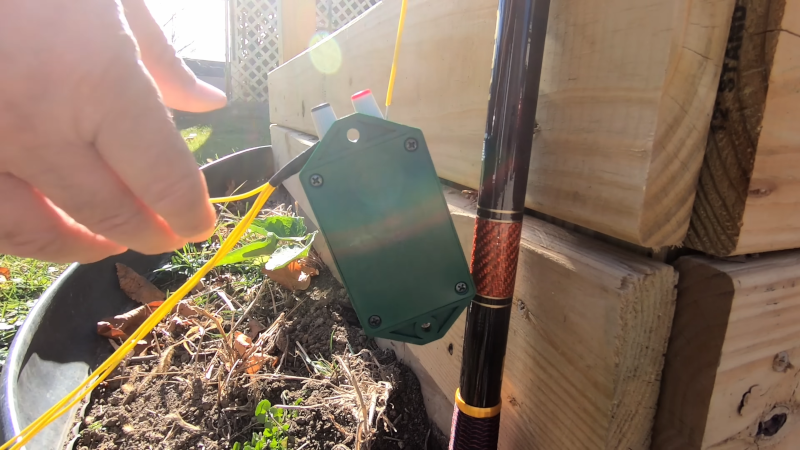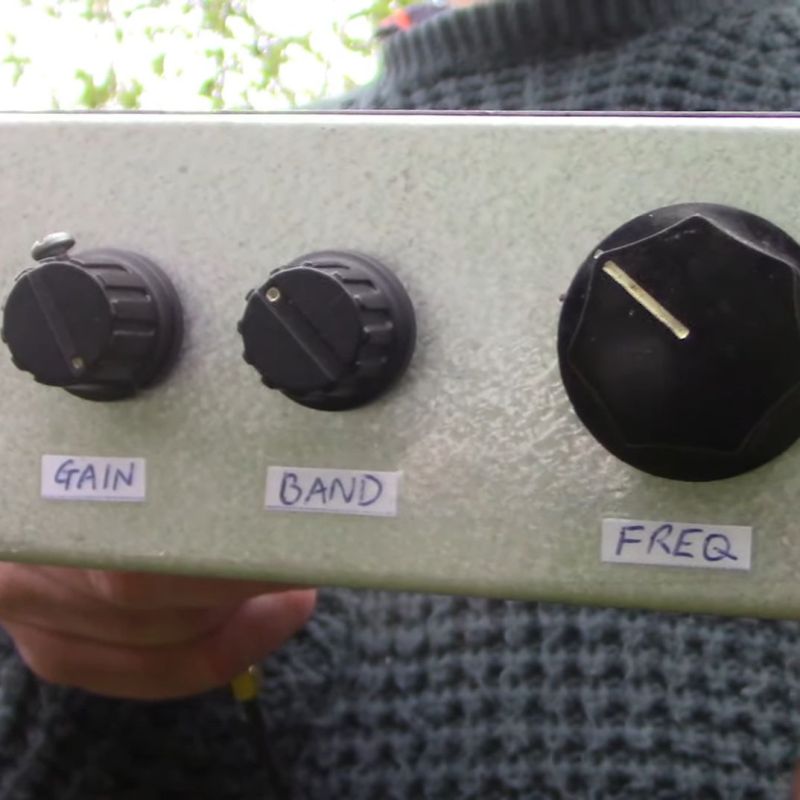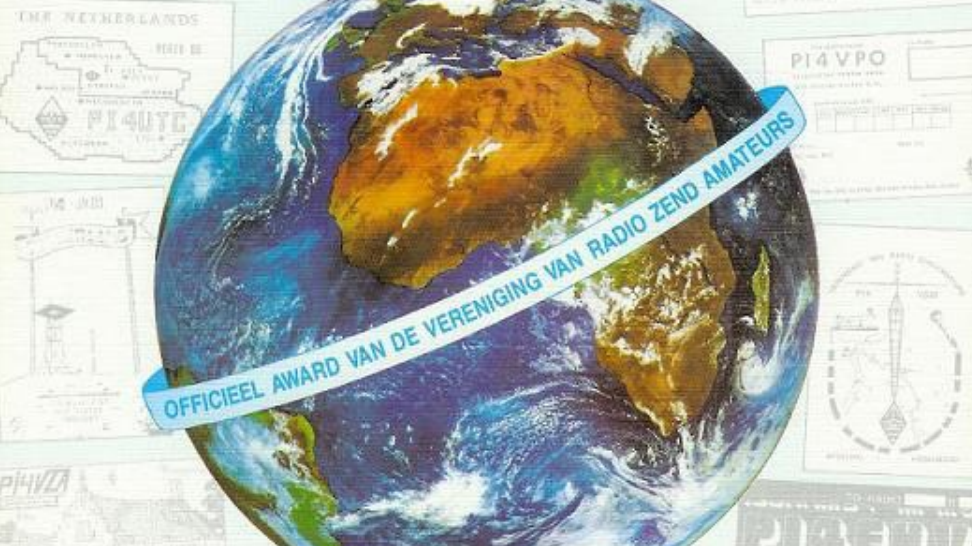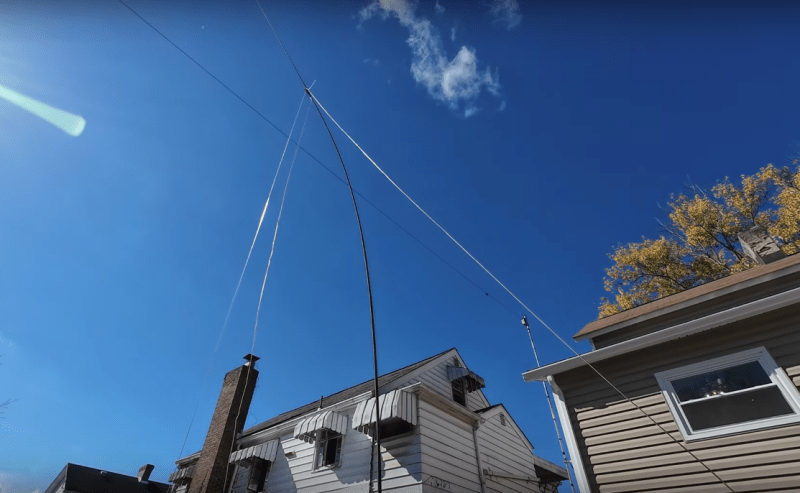
[My Ham Radio Journey] wanted to see if a “common person” (in his words) could build an effective vertical ham radio antenna. If you look at the video below, the answer is apparently yes.
He started with a 24-foot fishing rod and a roll of 22 gauge wire. The height of the antenna wire is just over 20 feet long and he has several ground radials, as you might expect for a vertical antenna.
You also need a toroid to make an unun for the feed point. The details of how he mounted everything will be useful if you want to experiment with making your own version.
Vertical antennas have plusses and minuses. One advantage is they have a low angle of radiation, which is good for long distance communication. It is possible to make arrays of vertical antennas, and we are surprised we haven’t seen any of those lately.
In the end, it looks like the antenna works well. With the 4:1 transformer, the SWR on all the ham bands is within range of the radio’s tuner.
We recently saw a fishing pole antenna that used no wire at all. If you want portable and fishing isn’t your thing, try a tape measure.




